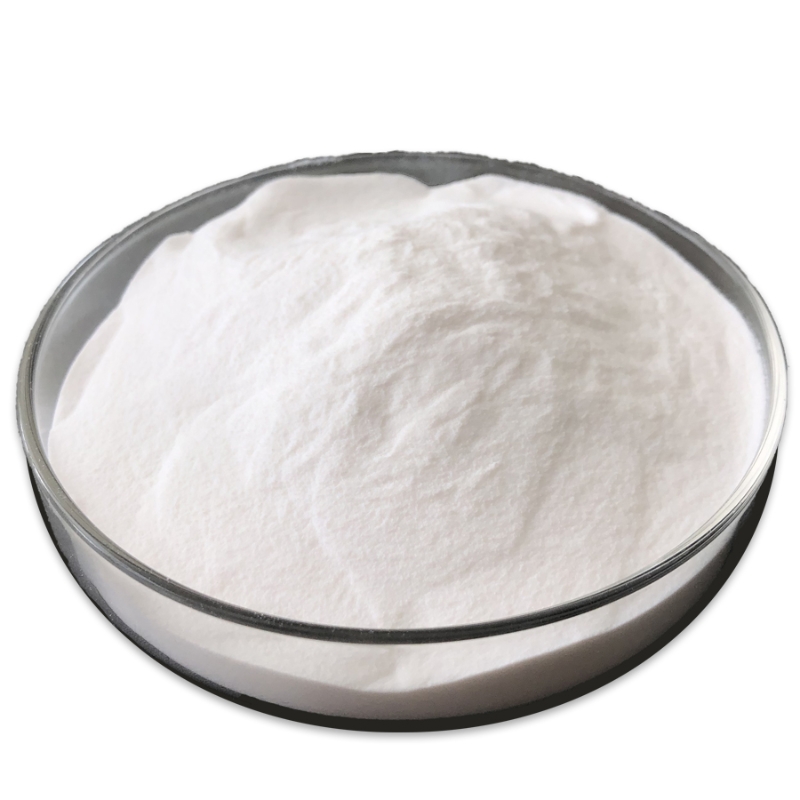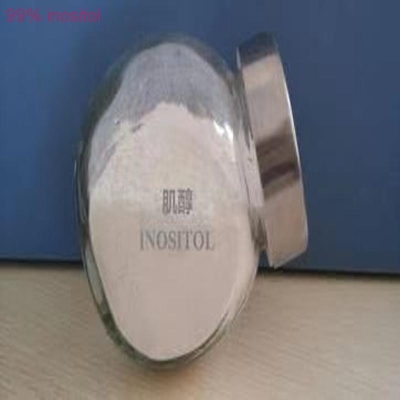-
Categories
-
Pharmaceutical Intermediates
-
Active Pharmaceutical Ingredients
-
Food Additives
- Industrial Coatings
- Agrochemicals
- Dyes and Pigments
- Surfactant
- Flavors and Fragrances
- Chemical Reagents
- Catalyst and Auxiliary
- Natural Products
- Inorganic Chemistry
-
Organic Chemistry
-
Biochemical Engineering
- Analytical Chemistry
- Cosmetic Ingredient
-
Pharmaceutical Intermediates
Promotion
ECHEMI Mall
Wholesale
Weekly Price
Exhibition
News
-
Trade Service
net/tag_4211.
html" class="zdbq" title="Food information related to food safety standards" target="_blank">Food Safety Standards Authority news, December 13 Indian Food Safety foodmate.
net/tag_134.
html" class="zdbq" title="Standard related food information" target="_blank">Standards Authority issued a public notice, revise foodmate.
net/tag_992.
html" class="zdbq" title="Caffeine related food information" target="_blank">caffeine foodmate.
net/tag_2227.
html" class="zdbq" title="Beverage related food information" target="_blank">drinks and foodmate.
net/tag_1775.
html" class="zdbq" title="Plastic related food information" target="_blank">plastic blue foodmate.
net/tag_2438.
html" class="zdbq" title="Colorant related food information" target="_blank">colorant (blue tint) standard.
The specific amendments are as follows:
1.
After Article 2.
10.
6 of the 2010 Food Safety Standard (Food Product Standard and Additive Standard), insert the relevant content of coffee beverage:
After Article 2.
10.
6 of the 2010 Food Safety Standard (Food Product Standard and Additive Standard), insert the relevant content of coffee beverage:
a) The water used to prepare coffee beverages should comply with the relevant provisions of the 2010 Food Safety Standard (Food Product Standards and Additive Standards) 2.
10.
8 for packaged drinking water;
10.
8 for packaged drinking water;
b) Basic ingredients: the total amount of caffeine in the finished coffee beverage is not less than 145mg/L and not more than 300mg/L;
c) The optional ingredients are as follows, and the label must indicate that the daily drinking amount does not exceed 500 ml.
| substance | Maximum daily intake |
| Taurine | 2000mg |
| D -glucuronic acid -γ- lactone | 1200mg |
| Inositol | 100mg |
| Pantothenic acid | 10mg |
The label of caffeine beverage products must be clearly indicated, and it is not recommended for children, pregnant or breastfeeding women, and people allergic to caffeine.
The new regulations also stipulate that blue tint can be used in polycarbonate and PET beverage bottles in accordance with the standard, and the total amount of pigment migration must not exceed 60mg/L.
These regulations will take effect on the date of publication and will be implemented on June 1, 2017.
Original link: http:// style="font-size: 14px;">According to Indian food partner Reuters foodmate.
net/tag_4211.
html" class="zdbq" title="Food information related to food safety standards" target="_blank">Food Safety Standards Authority news, December 13 Indian Food Safety foodmate.
net/tag_134.
html" class="zdbq" title="Standard related food information" target="_blank">Standards Authority issued a public notice, revise foodmate.
net/tag_992.
html" class="zdbq" title="Caffeine related food information" target="_blank">caffeine foodmate.
net/tag_2227.
html" class="zdbq" title="Beverage related food information" target="_blank">drinks and foodmate.
net/tag_1775.
html" class="zdbq" title="Plastic related food information" target="_blank">plastic blue foodmate.
net/tag_2438.
html" class="zdbq" title="Colorant related food information" target="_blank">colorant (blue tint) standard.
foodmate.
net/tag_4211.
html" class="zdbq" title="Food information related to food safety standards" target="_blank">Food Safety Standard foodmate.
net/tag_134.
html" class="zdbq" title="Standard related food information" target="_blank">Standard foodmate.
net/tag_992.
html" class="zdbq" title="Caffeine related food information" target="_blank">Caffeine foodmate.
net/tag_2227.
html" class="zdbq" title="Beverage related food information" target="_blank">Beverage foodmate.
net/tag_1775.
html" class="zdbq" title="Plastic related food information" target="_blank">Plastic foodmate.
net/tag_2438.
html" class="zdbq" title="Colorant related food information" target="_blank">Colorant
The maximum daily intake of substance taurine 2000mg D- glucuronic acid -γ- lactone maximum daily intake of the maximum daily intake of inositol 100mg 1200mg substance pantothenate 10mg substance taurine 2000mg taurine cattle Sulfonic acid 2000mg D -glucuronic acid -γ- lactone 1200mg D -glucuronic acid -γ- lactone glucuronic acid -γ- lactone 1200mg Inositol 100mg Inositol 100mg Pantothenic acid 10mg Pantothenic acid 10mg
net/tag_4211.
html" class="zdbq" title="Food information related to food safety standards" target="_blank">Food Safety Standards Authority news, December 13 Indian Food Safety foodmate.
net/tag_134.
html" class="zdbq" title="Standard related food information" target="_blank">Standards Authority issued a public notice, revise foodmate.
net/tag_992.
html" class="zdbq" title="Caffeine related food information" target="_blank">caffeine foodmate.
net/tag_2227.
html" class="zdbq" title="Beverage related food information" target="_blank">drinks and foodmate.
net/tag_1775.
html" class="zdbq" title="Plastic related food information" target="_blank">plastic blue foodmate.
net/tag_2438.
html" class="zdbq" title="Colorant related food information" target="_blank">colorant (blue tint) standard.
foodmate.
net/tag_4211.
html" class="zdbq" title="Food information related to food safety standards" target="_blank">Food Safety Standard foodmate.
net/tag_134.
html" class="zdbq" title="Standard related food information" target="_blank">Standard foodmate.
net/tag_992.
html" class="zdbq" title="Caffeine related food information" target="_blank">Caffeine foodmate.
net/tag_2227.
html" class="zdbq" title="Beverage related food information" target="_blank">Beverage foodmate.
net/tag_1775.
html" class="zdbq" title="Plastic related food information" target="_blank">Plastic foodmate.
net/tag_2438.
html" class="zdbq" title="Colorant related food information" target="_blank">Colorant
The specific amendments are as follows:
1.
After Article 2.
10.
6 of the 2010 Food Safety Standard (Food Product Standard and Additive Standard), insert the relevant content of coffee beverage:
After Article 2.
10.
6 of the 2010 Food Safety Standard (Food Product Standard and Additive Standard), insert the relevant content of coffee beverage:
a) The water used to prepare coffee beverages should comply with the relevant provisions of the 2010 Food Safety Standard (Food Product Standards and Additive Standards) 2.
10.
8 for packaged drinking water;
10.
8 for packaged drinking water;
b) Basic ingredients: the total amount of caffeine in the finished coffee beverage is not less than 145mg/L and not more than 300mg/L;
c) The optional ingredients are as follows, and the label must indicate that the daily drinking amount does not exceed 500 ml.
| substance | Maximum daily intake |
| Taurine | 2000mg |
| D -glucuronic acid -γ- lactone | 1200mg |
| Inositol | 100mg |
| Pantothenic acid | 10mg |
| substance | Maximum daily intake |
| Taurine | 2000mg |
| D -glucuronic acid -γ- lactone | 1200mg |
| Inositol | 100mg |
| Pantothenic acid | 10mg |
The label of caffeine beverage products must be clearly indicated, and it is not recommended for children, pregnant or breastfeeding women, and people allergic to caffeine.
The new regulations also stipulate that blue tint can be used in polycarbonate and PET beverage bottles in accordance with the standard, and the total amount of pigment migration must not exceed 60mg/L.
These regulations will take effect on the date of publication and will be implemented on June 1, 2017.
Original link: http://







